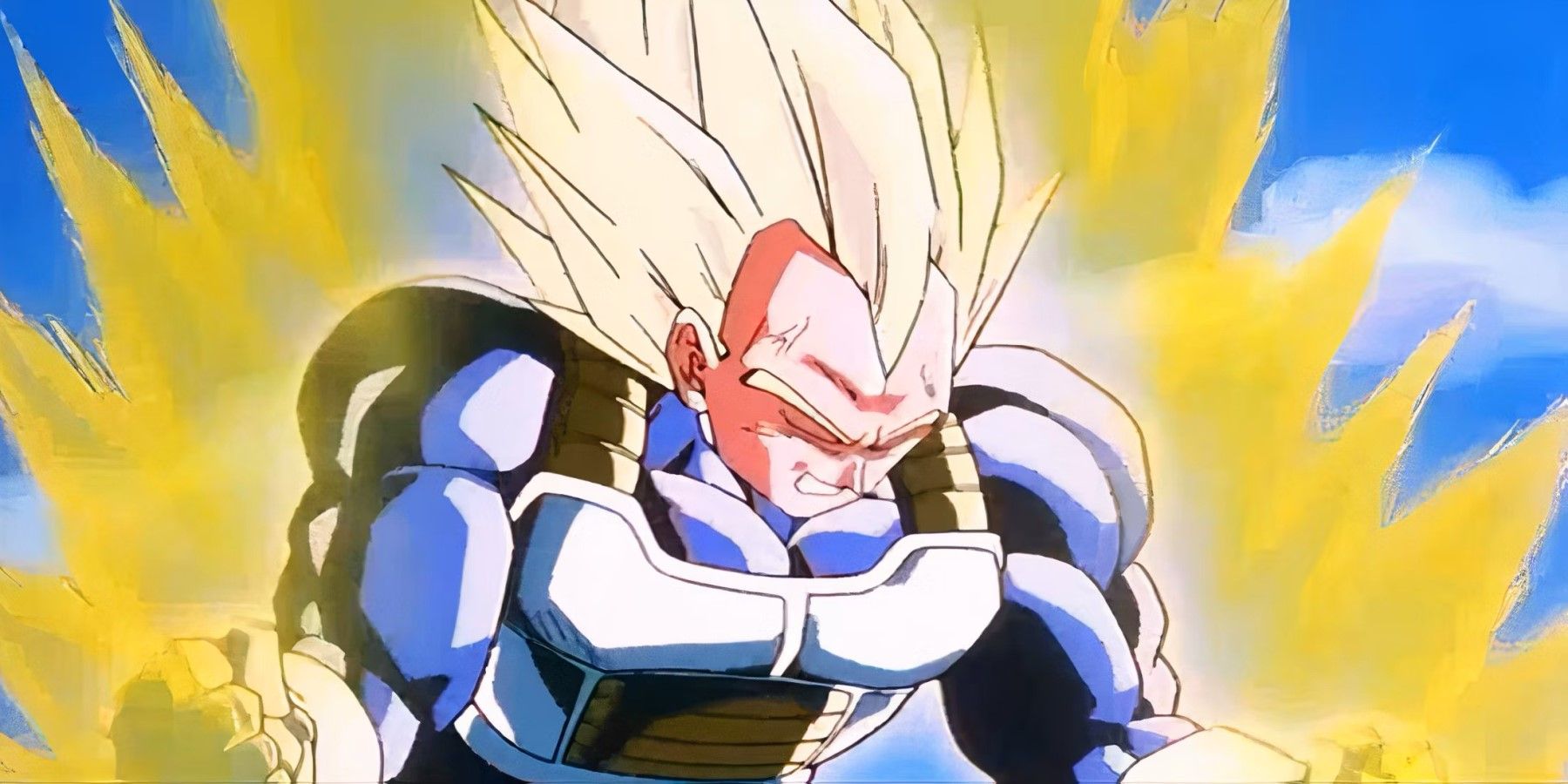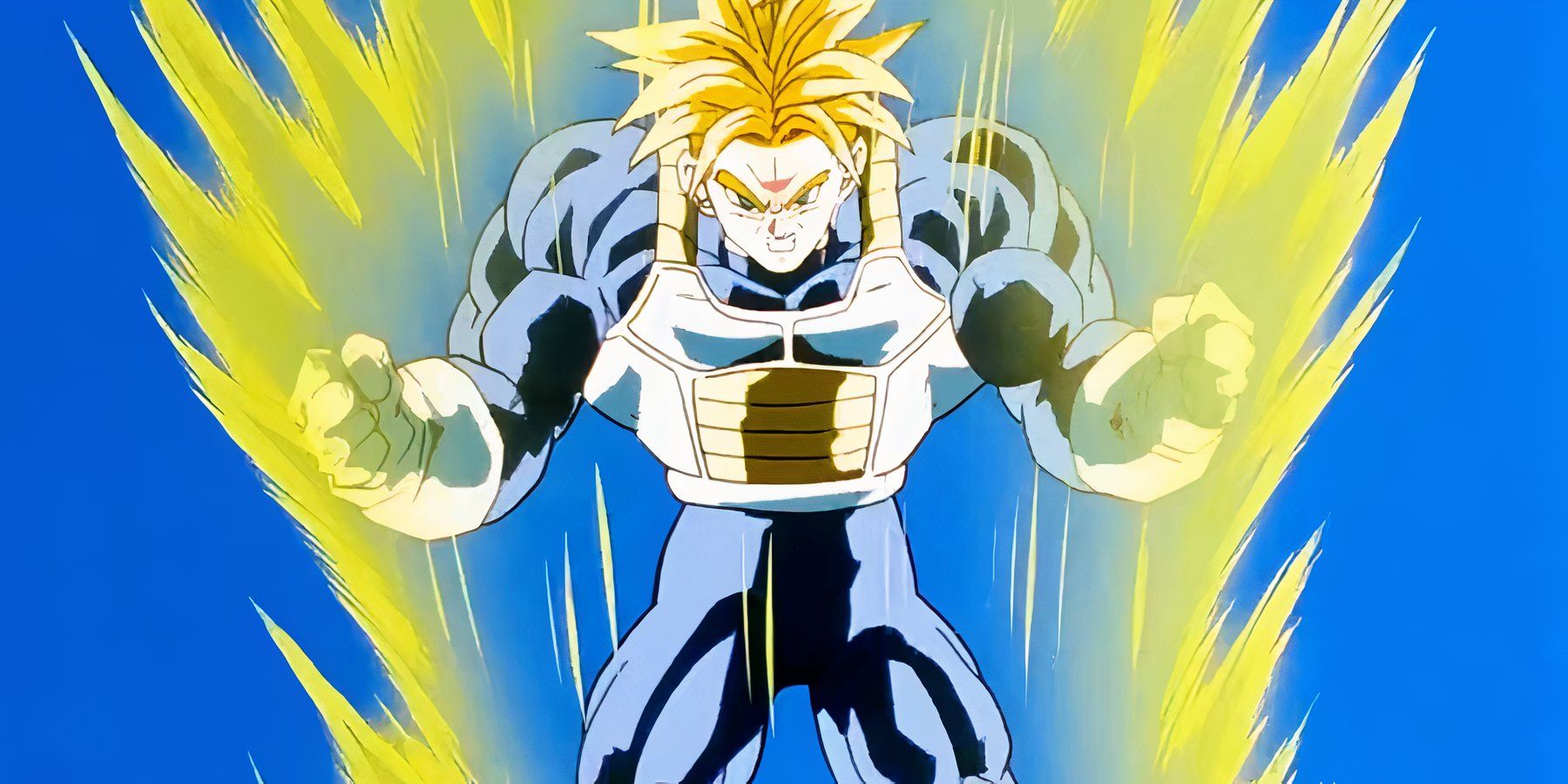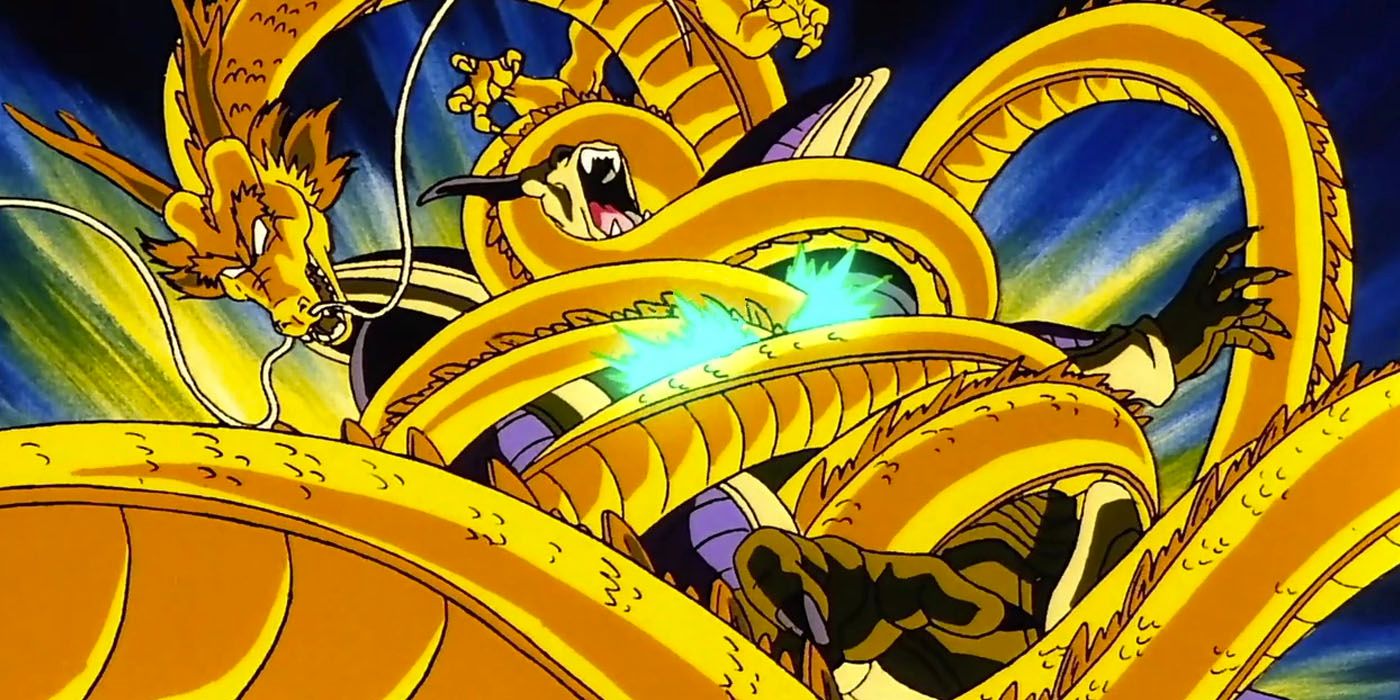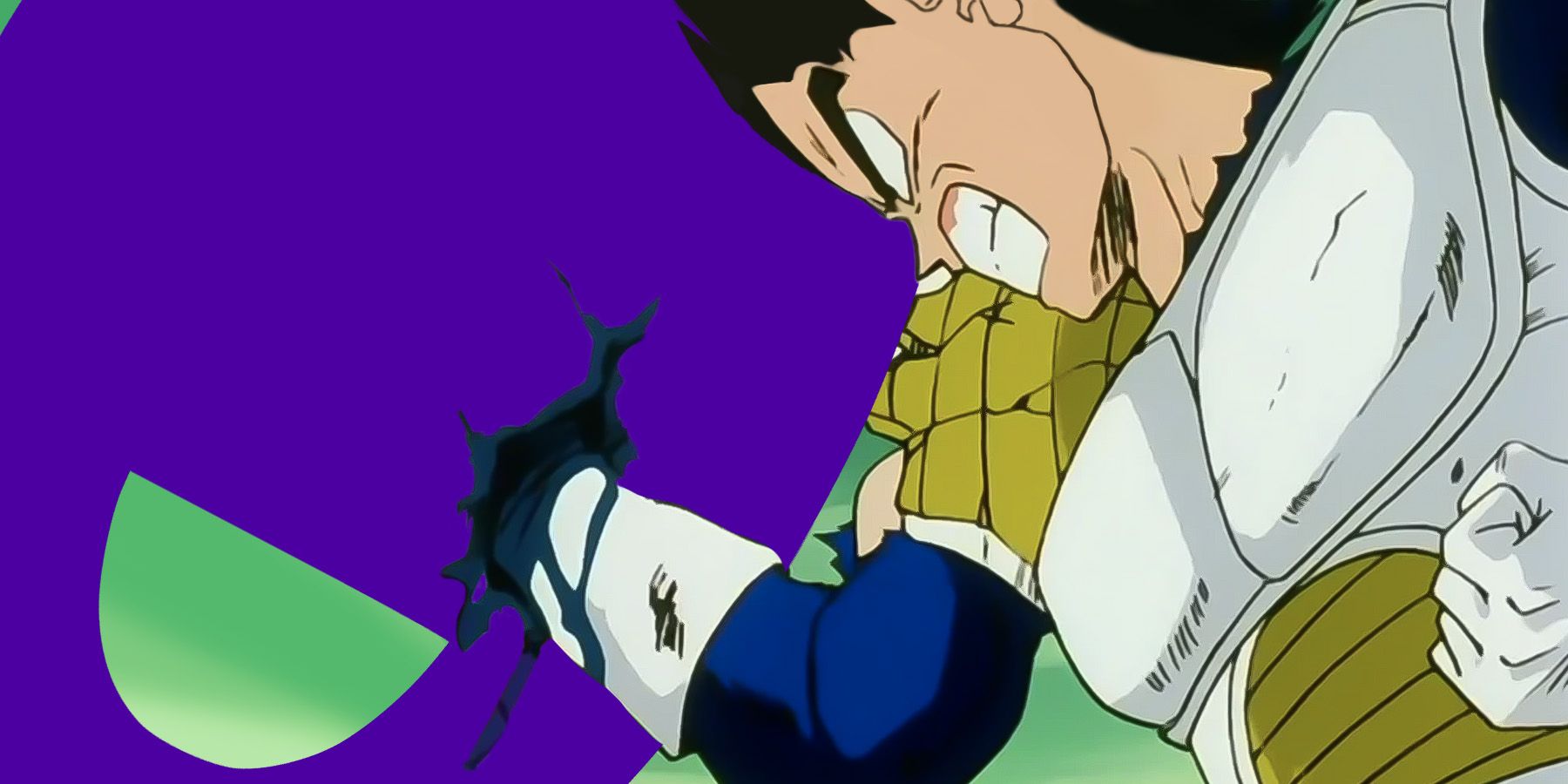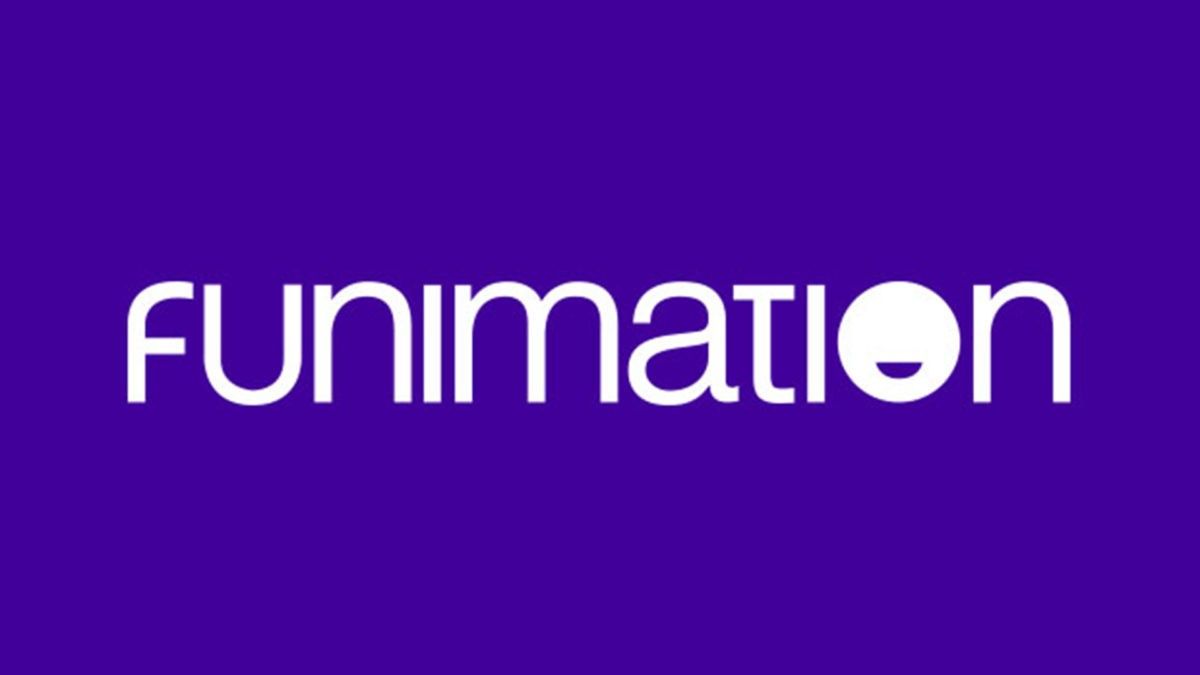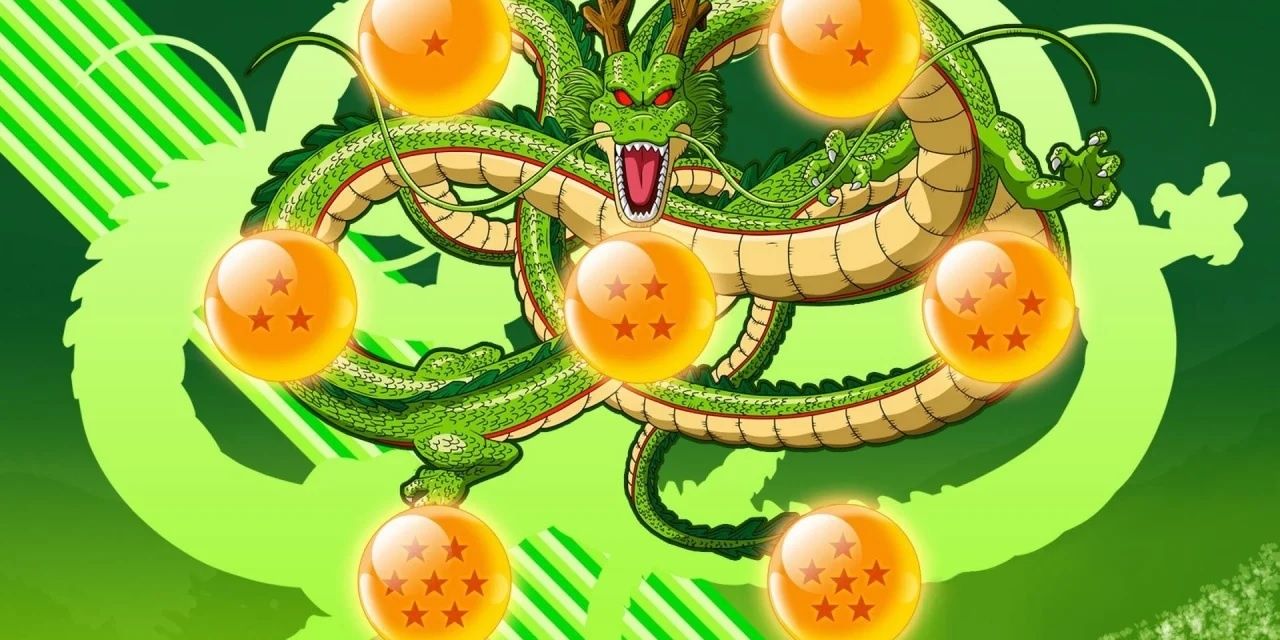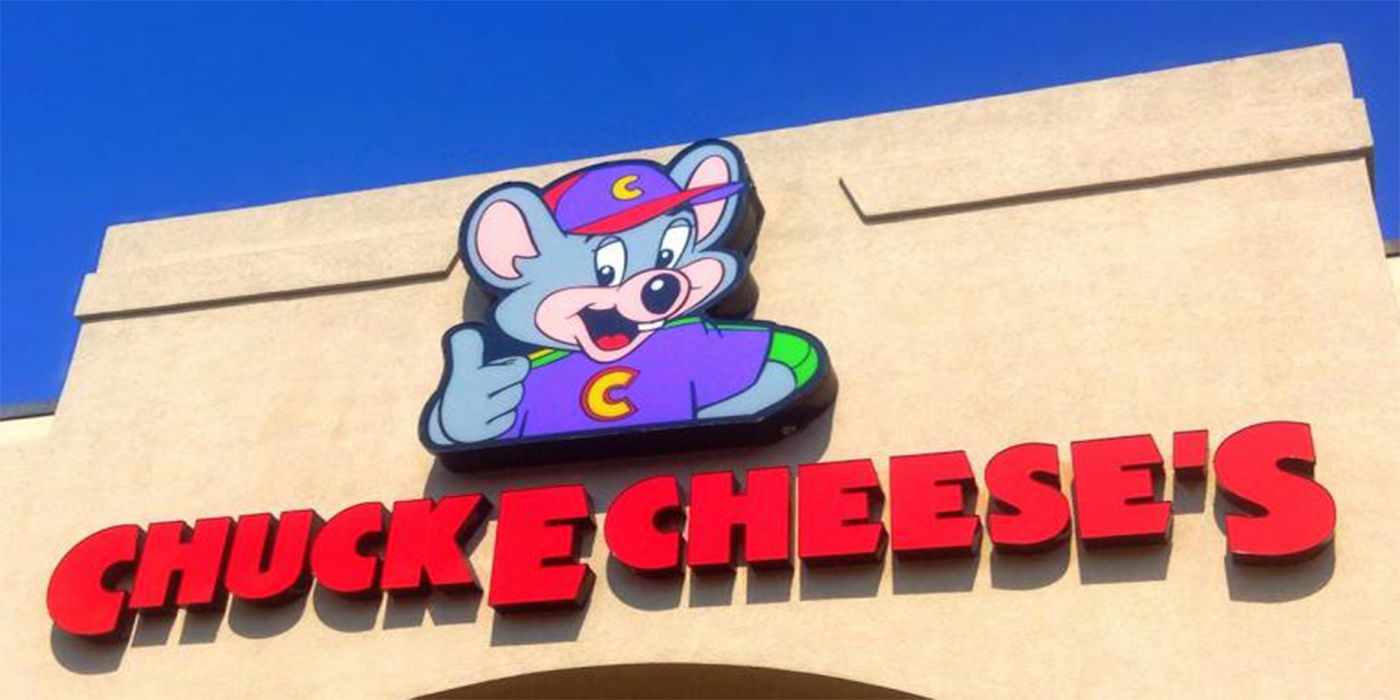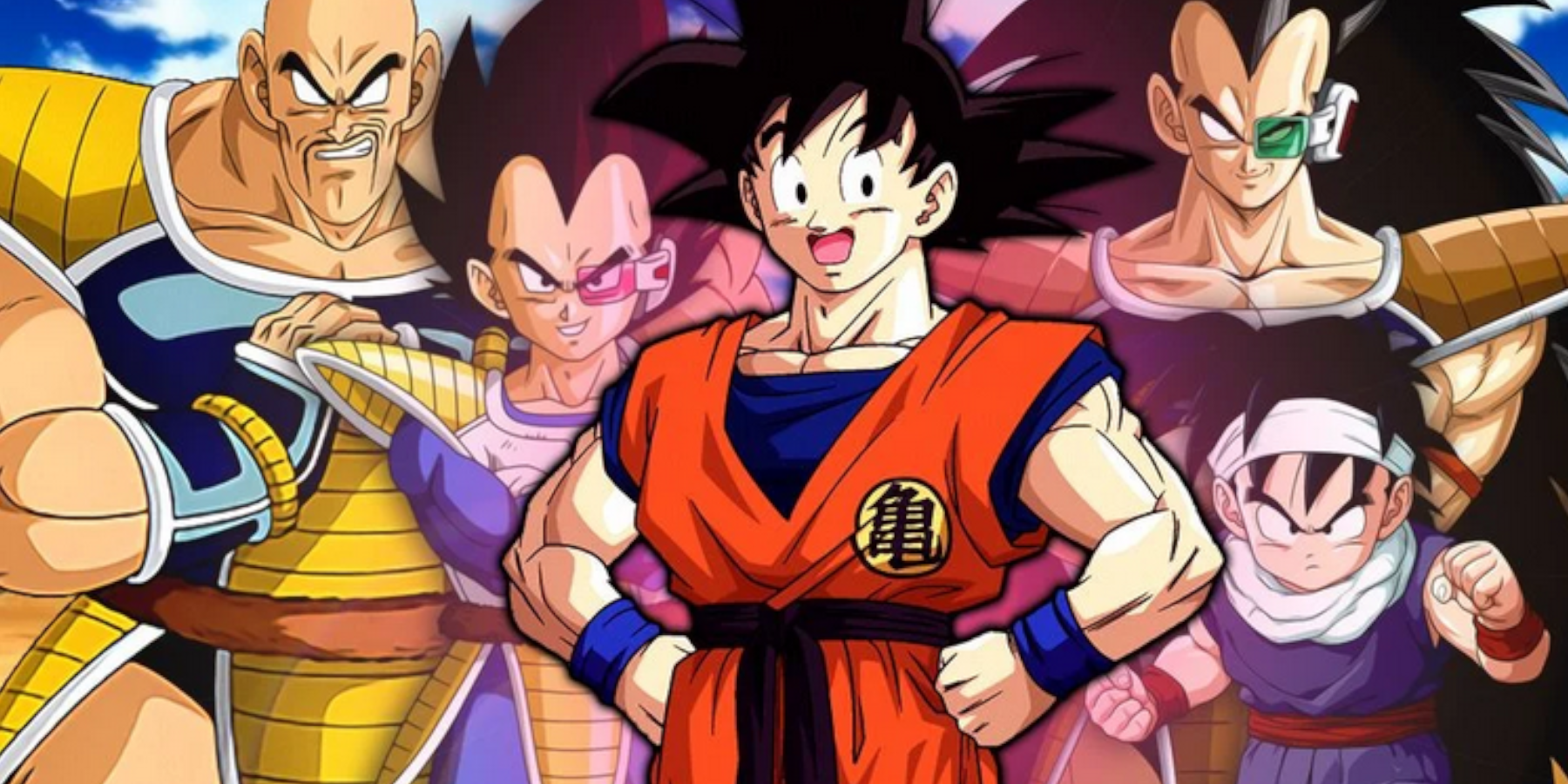Funimation Productions Inc. (now part of Crunchyroll) was, for many years, the undisputed king of anime distribution in America. So massive was their presence that the first question other anime distributors asked before attempting to acquire an anime for licensing in America – before asking about the cost, length of series, or whether or not there would be a clause preventing edits for a potential TV airing– was “does Funimation want it?” The company had a wide distribution network, best-selling titles on home video, and even its own TV cable network: The Funimation Channel.
Funimation’s founder and former CEO – Gen Fukunaga – was always upfront about the fact that without the success of Dragon Ball Z, Funimation would not have gone on to become the anime powerhouse that would eventually release such hits as Tenchi Muyo, One Piece, My Hero Academia, and Makato Shinkai’s instant classic Your Name. A fact that Fukunaga rarely discussed was that while Dragon Ball Z brought the company great fame and fortunes, it’s prequel series Dragon Ball almost sunk the company before it got started. So what went wrong there?
The Origins of Funimation
Early in the 1990s, Gen Fukunaga was making a living as an engineer. While it was a good job, he majored in business, which meant his current career was unsatisfying for the Japanese-born businessman. It was sometime during this period when he was approached by his uncle, Nagafumi Hori, who was a producer at Toei Animation. He was aware that Fukunaga’s real desire was to run a business and approached him with an offer: if Fukunaga could start a production company and raise enough capital, Hori would ensure that Toei Animation would license the rights to the Dragon Ball franchise to his company for distribution in the United States.
Fukunaga had never considered entering the entertainment business. Having grown up in Japan though he was aware of how big anime was and felt that Dragon Ball had a kind of magic that could potentially be very successful in America. He approached his co-worker Daniel Cocanougher, whose family owned a feed mill in Decatur, Texas. He convinced Cocanougher and his family to sell their business and invest in his new company. The company was founded on May 9, 1994, as FUNimation Productions. Shortly afterward, Fukunaga’s uncle would keep his promise, and Toei Animation would license the Dragon Ball franchise to Funimation.
All Does NOT Go According to Plan
After acquiring the rights to Dragon Ball, Funimation dubbed the first 13 episodes and one of the movies. Funimation was essentially a startup company, but Fukunaga wanted to ensure the company’s flagship product was of high quality. Considerable resources (for them at the time) were spent partnering with quality dubbing studios, rescoring the project to sound more modern, and editing the series to ensure the series got the widest exposure possible.
Sadly, the one thing they couldn’t buy was proper airtime; the series was sold straight to syndication, where most TV networks aired the show at undesirable timeslots. A second syndication deal did not yield better results, and Dragon Ball was officially dead in the water. The franchise was a non-starter. Very few kids were aware it existed. Despite the ambitions of the company, there was little to no money left, so producing more episodes was simply not possible. Things looked bleak…until a mouse came along to offer a lifeline.
Chuck-E-Cheese Offers Hope
Although Funimation outsourced many aspects of Dragon Ball to other companies, one of the few things they did make themselves were the VHS tapes, as Fukunaga (correctly) predicted that the real money in anime would be the home video market. Dragon Ball wasn’t a big enough hit to keep the company afloat on VHS sales alone, but they did have a functional video distribution factory. This meant that when Chuck E. Cheese’s Pizza Time Theater was looking for a company to make and distribute a series of home videos featuring Chuck E. Cheese and his friends, Funimation had the means to produce the tapes (and could do so at the right price).
While the idea is funny today, these 1999 Chuck E. Cheese videos provided Funimation with enough money to not only keep the company afloat but also entertain the possibility of dubbing more Dragon Ball. In fact, Dragon Ball: Curse of the Blood Rubies (the one movie they dubbed) ended up being a big hit in the Family section in Blockbuster stores, so kids were becoming more aware of Goku and Bulma’s adventures to seek the Dragon Balls. Still, with Dragon Ball failing to catch on, Fukunaga decided to take Funimation’s lifeline and attempt to bring over the more action-packed sequel instead: Dragon Ball Z.
Dragon Ball Z Hits Mainstream
While Dragon Ball Z also struggled to find an audience at first, it was at least successful enough to justify a second season before Cartoon Network picked up the show for a third season and saw the series explode. Dragon Ball Z was a big enough hit to garner merchandise, Burger King Kids Meal promotions, and even draw enough attention to the franchise that Funimation eventually went back and redubbed Dragon Ball (and this time they finished the series).
While Dragon Ball Z did wonders for Funimation as a company, it is interesting to think that Dragon Ball was such a disappointment that the company almost went bankrupt from the get-go. Where would Funimation be without the Chuck E. Cheese videos? Where would anime be without Funimation? While everything worked out in the end, if you’ve ever wondered why the company never embraced Dragon Ball the same way they embraced Dragon Ball Z…well, this may shed some light on that.

